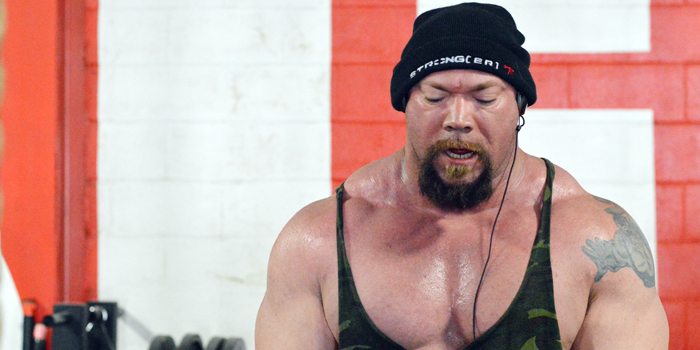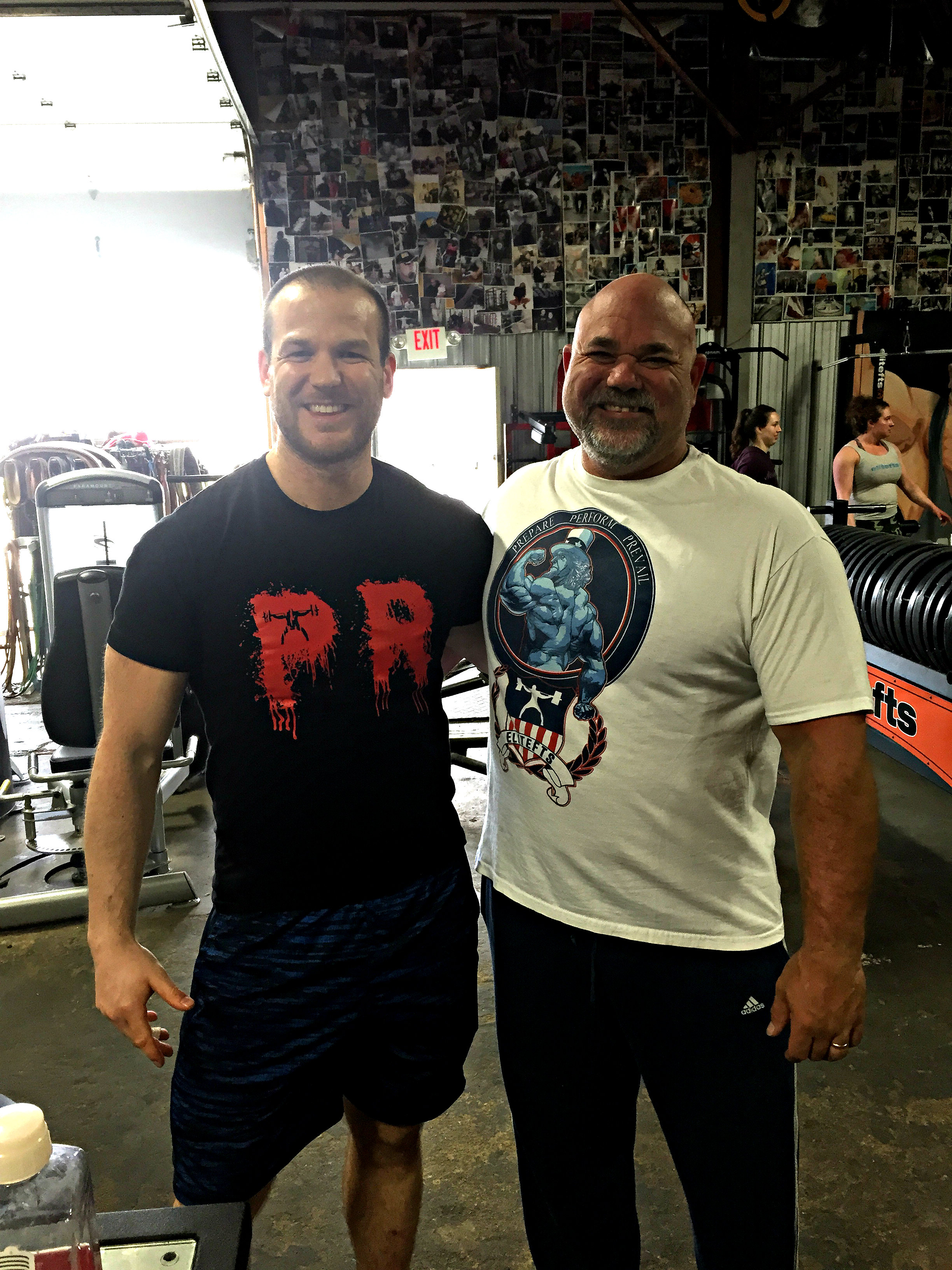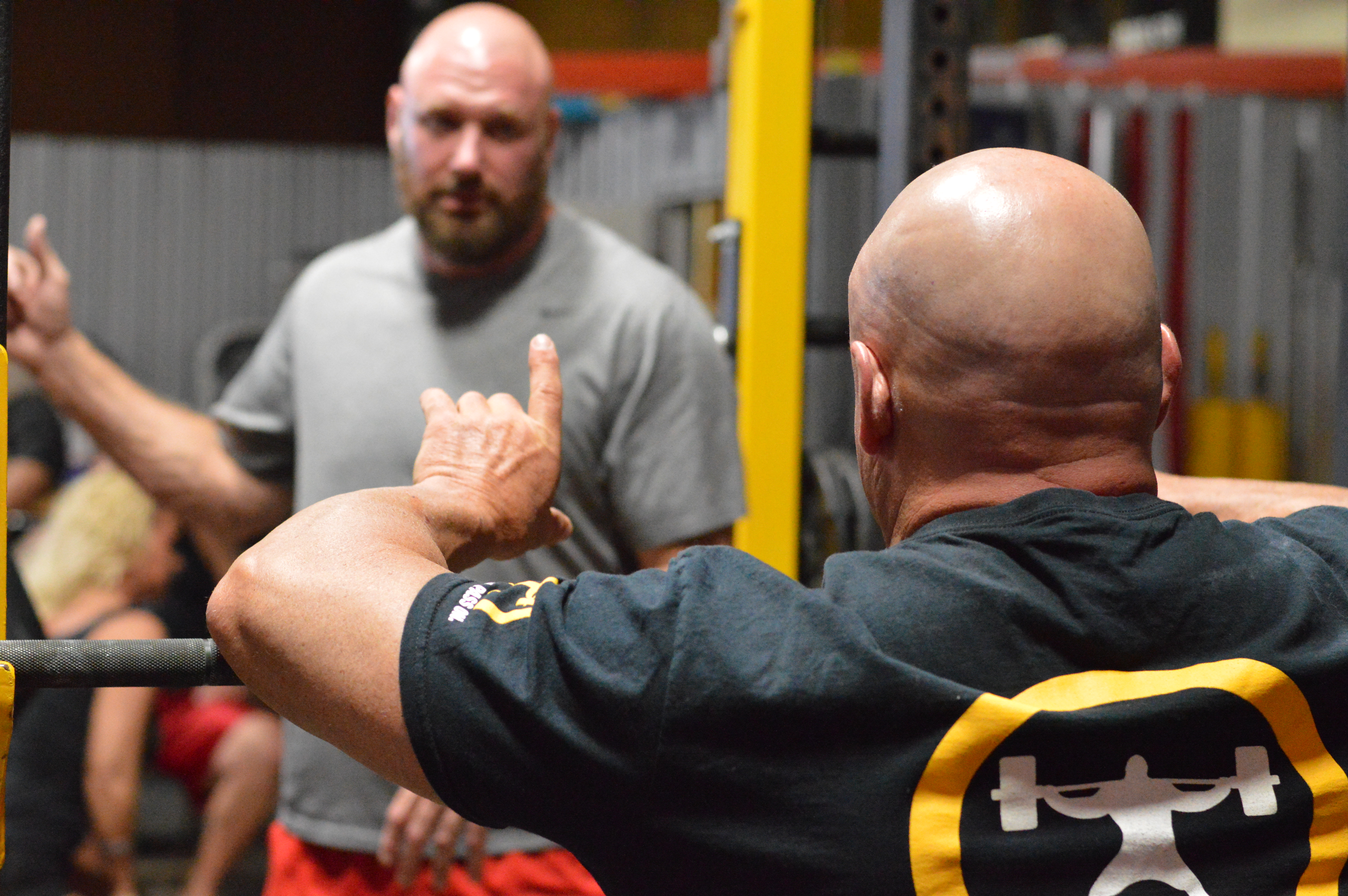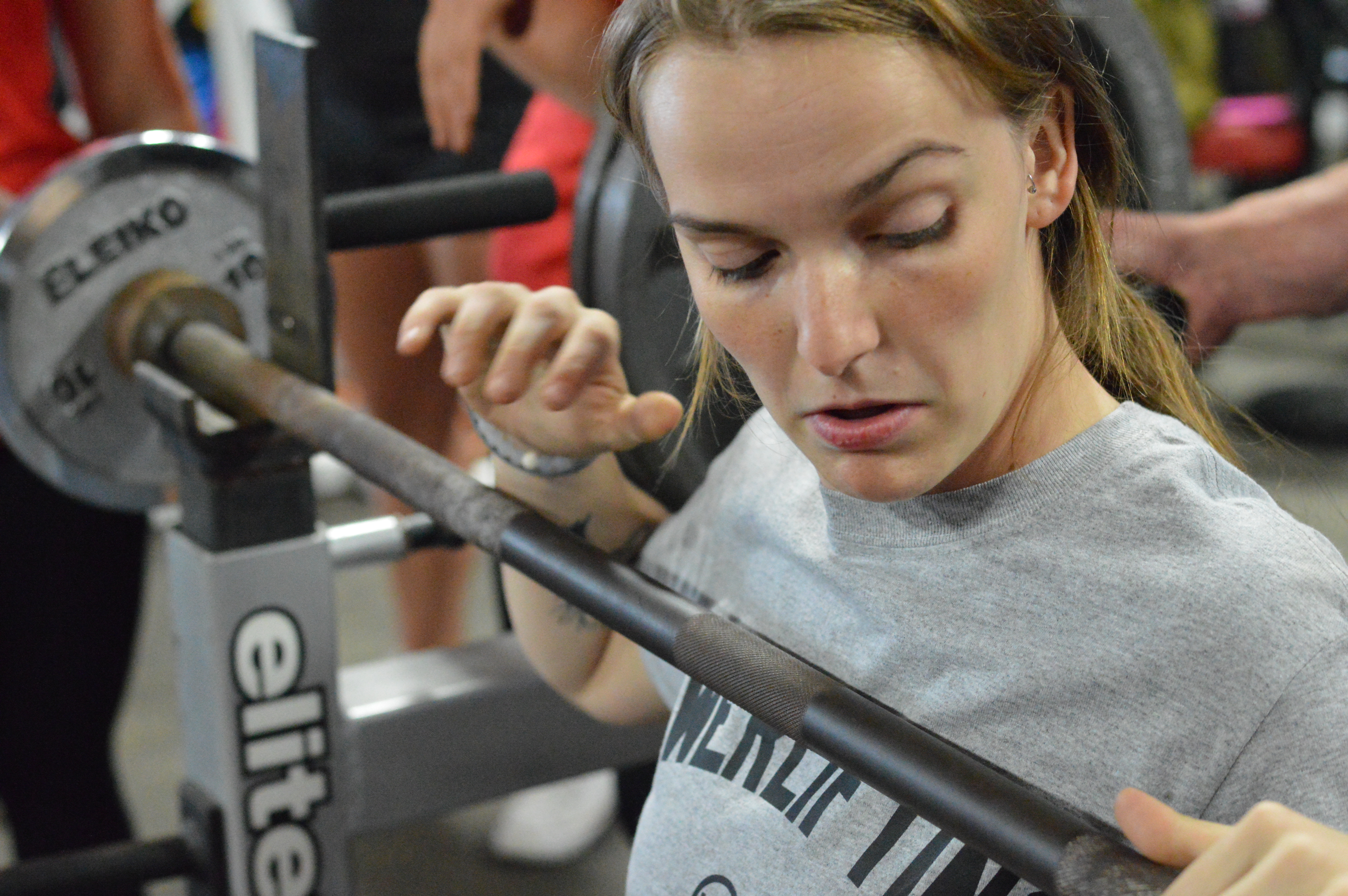
If you clicked this article hoping to learn what the number one best exercise is, you’re living in a fantasy world and you’re going to be easy prey for the many businesses in the fitness industry who want to profit on the ignorance of people (people like you). Don’t let that happen.
Read on to find out what you should do instead…
Here’s the deal: There is no “best” exercise, no “best” training method, and no “best” training program, and there never will be unless every single individual of the human race ends up being 100% identical at every level. I don’t see that happening any time soon, do you?
Yes, you’ll hear plenty of claims in the fitness industry like “this is the best exercise for…” or “this is the ultimate program for…” but they are all coming from locked-in tunnel vision.
RECENT: Six Bodyweight Exercises That Should Be In Every Training Program
Quite frankly, it’s taking a religious type of view to training. And as with Christians or Muslims or any other religion, there are definitely extremists. If you haven’t come across them yet, you will. These are the folks that will tell you THEY know the right way to train for everybody.
But it doesn’t work like that.
The trick is to find what works for YOU. Your body, your goals, and your genetics. So let’s get into it.
Here are three steps to finding the best exercise FOR YOU:
Step 1: Find an exercise that supports your goal.
Sounds silly when writing it, but this is very often overlooked when exercises are chosen. Let’s say your goal is to build muscle and you’re getting advice like, "the squat is the king of all exercises and you HAVE to use it.” It’s time to tell these people to take a hike.
Before you get all riled up and start flaming me with comments, let me explain.
There is nothing wrong with the squat when the goal is hypertrophy. Even advanced powerlifters who have LIVED under the bar can easily see this point when the goal is muscle growth. When I spoke to Dave Tate and said many people claim that the squat is absolute best exercise and NOTHING can take its place, his response was this:
“I’ll do FIVE to your ONE!”
Meaning, he would choose five exercises to fully build the musculature. That’s what would get the optimum results in Dave’s world. And it makes sense, instead of stubbornly refusing to see any other way than one single “King of All Exercises.”
The point? One exercise can never cover every muscle need. This is just common sense.
I don’t have to tell you that Dave Tate is a previous powerlifter who lives to train powerlifters and that this site is a killer platform for powerlifters. It would be natural (and easy) for him to praise the squat for every single fitness goal, but the key is this: He knows that he can’t stick to powerlifting as a religion—even though many powerlifters still do.
Dave can see the forest for more than the trees and he knows that you can’t rely on any one exercise to achieve maximum performance for ALL GOALS. Dave has accomplished things other lifters only dream of.
And that’s the point.
When you broaden your perspective, you can find the right exercises to get peak results.
Now let me say this again: There is nothing wrong with back squats for muscle growth. It would be flat-out mental to claim otherwise. The point is that the best exercise for you is the exercise that helps you reach your goal. Now let me go further and say something more controversial: The back squat is a great exercise if you’re a powerlifter.

The only people on the planet that NEED the back squat are powerlifters. If you’re not going after powerlifting goals then you do not absolutely need to perform the back squat. Again, I’m not saying the back squat cannot be a great exercise for others, whether we talk about athletes training to perform better or fitness people training to look better naked. BUT, stacked up against other exercises that target your specific goal, there is nothing magical about the back squat.
Many “retired” powerlifters who train for bodybuilding or health very often prioritize other exercises in favor of the back squat.
Why?
Often because they’re trying to avoid injuries and they have to do this because they are dealing with training with and around injuries they’ve sustained from years under the bar—go figure.
I’m using the back squat as an example that anyone can relate to but the same goes for any other exercise. EVERY exercise you use should specifically target your training goal. If you don’t know WHY you do a specific exercise, what’s it doing in your training regimen?
What is your goal?
Shelby Starnes Q&A: Insulin Resistance, Contest Prep, Keto, and Blowing Your Diet
Once you have an answer ask yourself this: Are the exercises I’m choosing going to maximize my odds of reaching this goal?
Step 2: Make sure the exercise feels right for your body and that it does not hurt.
Building on the previous point, there’s nothing wrong with an exercise if the exercise feels good to execute and it does not hurt during or after performing it. But...
If an exercise does not feel good to perform, something is wrong!
Many people overlook elements like this and respond with the religious answer of, "but it is the best exercise!”
So they continue to execute the exercise even though it feels wrong and it’s causing them pain. The real question is this: If people are jumping off a cliff because they have heard doing so (perform the “best” exercise) will take them to a magical world (get “optimal” results), will you do it too (follow the advice without any critical thought)?
Is that kind of logic good enough for you?
If so, you are one of the Lemmings.
A personal trainer, coach or friend can provide you with all the potential great benefits of an exercise, but this doesn’t mean jack if you feel it does not work out for YOU. And if it’s causing you pain then you’re jumping off a cliff, my friend. Making your way back is going to be a loooooong journey.
This should be common sense but again it’s like religion. Don’t let others force their dogma on you.
Be smart and think for yourself. Trust your gut and your body and don’t make the same poor choices others do and end up injured due to some stupid and rigid dogmatic thinking! It’s the 21st century—not the 1500s!
Step 3: Learn how to perform the exercise correctly.
How can “the best exercise” be best for you if you have not gained the knowledge about how to perform it or have mastered the technical nuances BEFORE you include it in your training regimen?
That’s just insanity and it’s pretty much the same as practicing law without ever having studied any law at all. Everybody knows it would be insane to practice a profession you have NO knowledge about. Still, that’s how many people operate their fitness training.
The first step to escaping the insanity is to understand. Watch videos. Attend seminars and workshops. Get coaching. Then you practice on your own. Then you can train and really start testing yourself.
But remember (and this is the most important thing) the training process is a constant evolution and there is always more to learn.
The best exercise — period is not the one you have “heard” is the best, but the one that follows the three steps above. Remember that it’s your body that you’re training with so you have to do what’s best for you. To let other people dictate what is the best way for you to train is like letting other people decide what you should think, how you should feel, and how you should behave. Life’s too short for this sort of thinking.
In the end, YOU decide what is best for you.
Eirik is located in Norway, where he operates as a strength coach in his own gym facility. With an athletic background from team handball, and other sports, he has experience with several joint and muscle injuries. The most severe left him paralyzed on the floor, after a disc herniated during back squats. He specializes in training with and around injuries, and how to overcome the obstacles a training life will throw at you. He has published Norwegian books, manuals and training courses.











